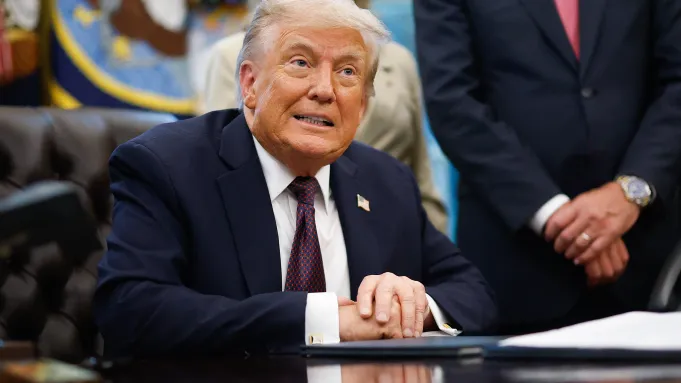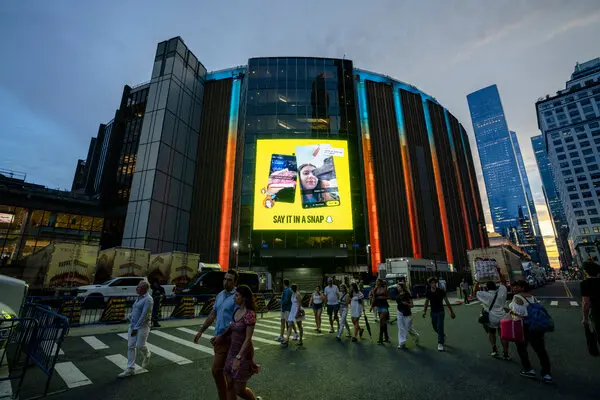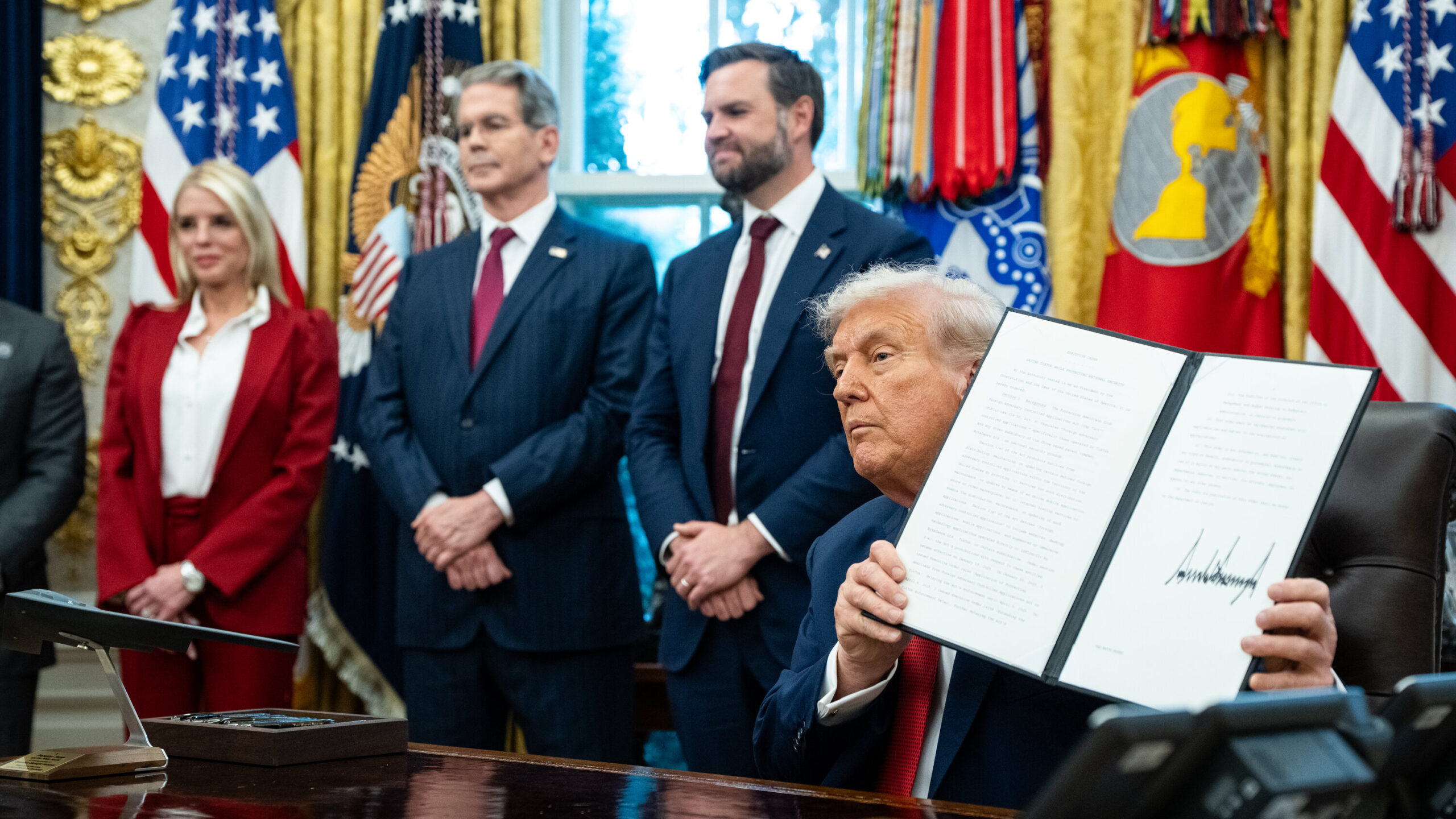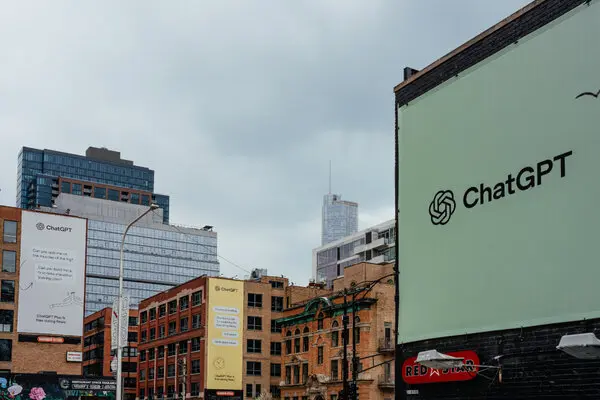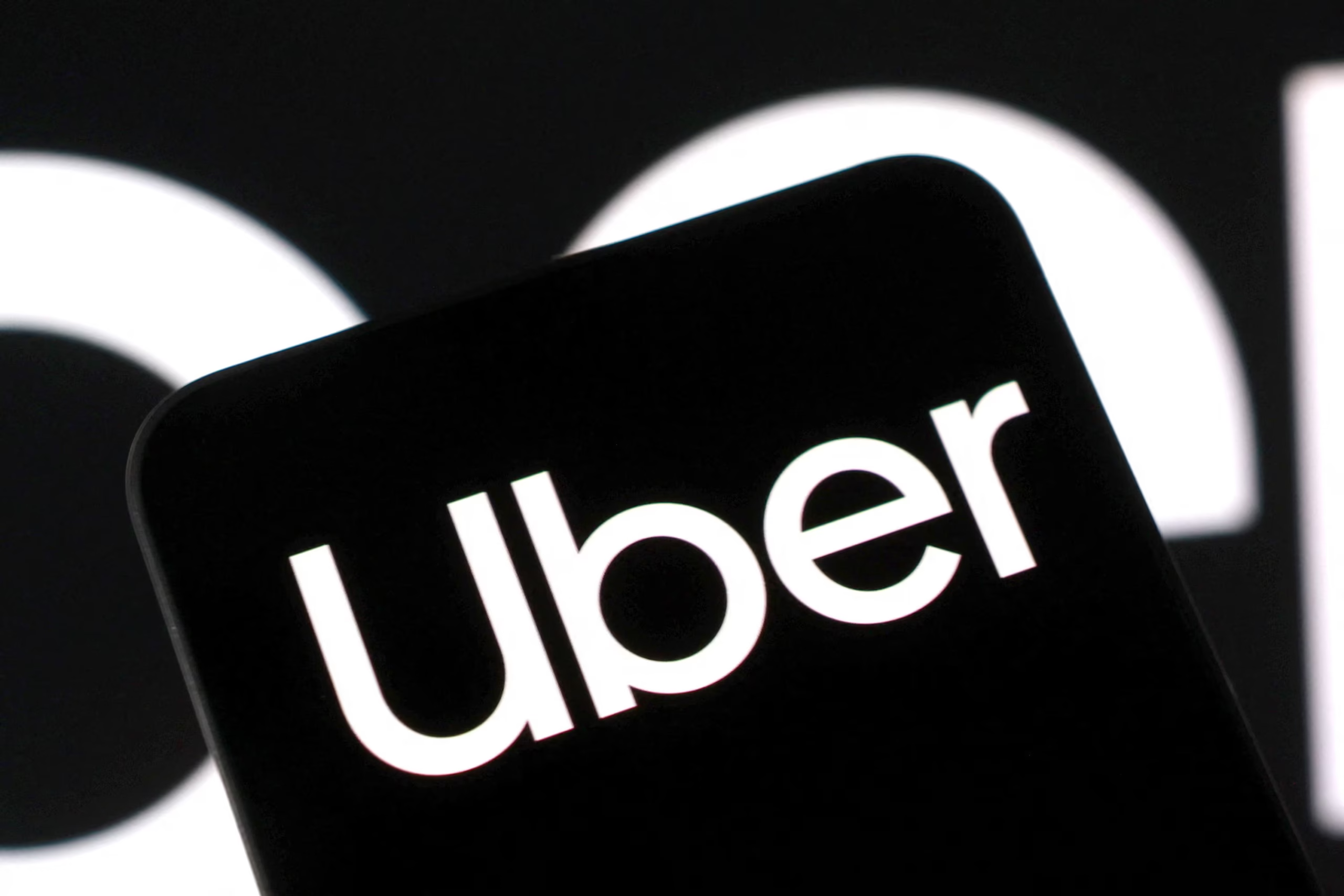Imagine scrolling through your feed one day, only to find your favorite political voice silenced overnight. That’s exactly what happened back in early 2021 when major platforms like YouTube hit the pause button on Donald Trump’s accounts. Fast forward to late September 2025, and the tech giant behind YouTube has coughed up $24.5 million to settle the brewing legal storm. As someone who’s followed Trump’s rollercoaster battles with Big Tech for years – from the Twitter bans to the Facebook feuds – this feels like a vindication wrapped in a velvet glove. It’s not just about money; it’s a signal that even the behemoths of Silicon Valley can’t ignore the power of free speech claims forever.
This settlement caps a saga that started with the chaos of January 6 and evolved into a multimillion-dollar payout, with chunks earmarked for everything from White House upgrades to other conservative voices. Trump didn’t just sue; he turned the tables, forcing platforms to reckon with their moderation policies. And while critics call it “buying influence,” supporters see it as justice served. In this deep dive, we’ll unpack the suspension, the lawsuit, the deal details, and what it means for everyone from everyday creators to the next president.
The January 6 Suspension: A Turning Point for Social Media
YouTube’s decision to suspend Trump’s account came just days after the Capitol riot on January 6, 2021, when supporters stormed the building in a bid to overturn the election results. The platform cited violations of its policies against content that could incite violence, specifically pointing to videos Trump uploaded that they said glorified the unrest.
This wasn’t a full ban – Trump kept his existing videos up, but he couldn’t post new ones. It hit hard for a guy whose rallies and rants had millions of views, effectively muting his direct line to followers during a pivotal time.
I recall the shockwaves it sent through conservative circles; friends of mine who ran small channels worried they’d be next if they echoed similar views. It sparked debates on whether platforms were overstepping as private companies or acting like public utilities.
Trump’s Immediate Response and Broader Context
Trump fired back publicly, labeling the suspensions as “total disenfranchisement” and vowing legal action. He argued it violated his First Amendment rights, even though platforms aren’t bound by the Constitution in the same way governments are.
The move aligned with a wave of deplatforming across Meta, Twitter (now X), and others, all under pressure to curb what they saw as dangerous rhetoric post-riot.
This context set the stage for lawsuits that would simmer for years, testing the limits of Section 230 protections that shield tech firms from liability for user content.
Filing the Lawsuit: Accusations of Censorship
In July 2021, Trump and co-plaintiffs like the American Conservative Union and author Naomi Wolf sued Alphabet (YouTube’s parent), Google execs, and others in federal court. They claimed the suspension was part of a coordinated effort to silence conservative viewpoints, breaching antitrust laws and free speech principles.
The suit sought damages and an injunction to restore access, framing YouTube as a monopoly abusing its power.
Legal experts at the time dismissed it as a long shot, given precedents protecting platforms’ moderation rights, but Trump’s persistence kept it alive.
It felt personal – like Trump was channeling the frustration of millions who felt shadowbanned or demonetized for edgy opinions.
The Long Legal Road: Stays, Dismissals, and Reinstation
The case hit roadblocks early; a judge dismissed the Twitter suit in 2022, and YouTube’s was stayed then administratively closed. But Trump’s 2024 election win breathed new life into it, with lawyers reopening proceedings.
Meanwhile, platforms reinstated him: X under Elon Musk in 2022, Meta in early 2023, and YouTube in March 2023, citing the need for voter access during elections.
Negotiations reportedly involved high-stakes meetings, even at Mar-a-Lago, blending business and politics in a way that’s pure Trump.
This turnaround hinted at shifting winds in Silicon Valley, where CEOs like Sundar Pichai began cozying up post-inauguration.
Key Negotiations and Mediation Efforts
Mediation sessions ramped up after Trump’s victory, with Alphabet execs engaging directly. No policy changes were demanded, but the timing aligned with YouTube’s recent moves to reinstate misinformation-flagged accounts.
Lawyers on both sides avoided trial risks, opting for a quiet resolution filed in California’s Northern District Court.
It’s amusing how a riot-born ban led to boardroom deals – talk about plot twists worthy of a reality show.
Breaking Down the $24.5 Million Settlement
The deal, announced September 29, 2025, totals $24.5 million without any admission of liability from YouTube. It’s a drop in the bucket for Alphabet, which rakes in billions from ads quarterly.
- $22 million directed to the Trust for the National Mall, funding a lavish White House ballroom expansion – think Mar-a-Lago vibes in D.C., set for completion before 2029.
- $2.5 million split among other plaintiffs, compensating for their own suspensions.
No strings attached on content policies, but it underscores Trump’s knack for turning grievances into gains.
This allocation raised eyebrows; critics quip it’s less about justice and more about gilded renovations.
Where the Money Is Going: Public vs. Private Funds
The ballroom project, a $200 million endeavor, gets a big boost from this non-taxpayer pot. Trump framed it as enhancing national heritage, but detractors see vanity.
External link: For more on the Trust for the National Mall, check their site.
It’s funded privately, shielding it from shutdowns – a savvy move amid government funding fights.
Comparisons with Meta and X Settlements
Trump’s tech lawsuits yielded a trio of wins, each settling on similar censorship claims but with varying payouts.
| Platform | Settlement Amount | Key Allocation | Date |
|---|---|---|---|
| Meta (Facebook/Instagram) | $25 million | $22M to presidential library fund | January 2025 |
| X (formerly Twitter) | $10 million | Undisclosed, no admission of fault | February 2025 |
| YouTube | $24.5 million | $22M to National Mall Trust for White House ballroom | September 2025 |
These deals total over $59 million, painting a picture of tech firms paying to play nice.
Meta’s library focus ties to legacy-building, while X’s smaller sum reflects Musk’s early reinstatement.
YouTube’s feels grandest, literally building monuments.
Pros and Cons of the YouTube Settlement
Pros for Trump and Supporters
This payout validates claims of bias, deterring future overreach and restoring voices like Steve Bannon’s.
It funds public projects without taxpayer dollars, blending wins for heritage and politics.
Emboldens creators; platforms now think twice before blanket bans.
Cons and Criticisms
No policy shifts mean moderation woes persist for misinformation.
Seen as influence-buying, eroding trust in impartial tech governance.
Tax implications loom – settlements like this are often taxable as income.
Implications for Free Speech on Social Media
This settlement blurs lines between private rights and public discourse, pressuring platforms to ease moderation amid Republican scrutiny.
What is Section 230? It’s the law shielding sites from user content liability, but Trump’s suits chipped at its edges.
Navigational: Where to learn more? Dive into EFF’s guide on platform liability.
It signals a post-2024 era where election wins sway corporate decisions, for better or worse.
I’ve seen friends’ channels thrive post-reinstatements, but at what cost to safety?
Tech Giants’ Shift Post-Trump Election
CEOs flocked to the inauguration, rolling back COVID and election misinfo rules. YouTube’s recent account revivals exemplify this thaw.
It’s pragmatic – avoiding regulatory wrath from a pro-business admin.
Humor alert: From banning Trump to bankrolling his ballroom? Tech’s got a flair for dramatic U-turns.
Trump’s Broader Legal Strategy Against Media
Beyond tech, settlements with Paramount ($16M over 60 Minutes edits) and ABC ($15M defamation) tally near $90M in wins.
This pattern? Leverage lawsuits for quick cash and concessions, dodging drawn-out trials.
Best tools for tracking such cases? PACER for court docs or Justia for dockets.
It’s turned Trump into a settlement machine, funding ambitions from libraries to ballrooms.
Public Reactions on X and Beyond
X lit up with mixed takes: Supporters cheered “justice served,” while critics decried “payoffs.” One user quipped about taxes on the windfall, highlighting everyday concerns.
Posts tied it to White House funding, defending private sourcing amid shutdowns.
Emotional appeal: For deplatformed creators, it’s hope; for skeptics, a slippery slope.
What This Means for Content Creators
Indie YouTubers now have precedent – sue if suspended unfairly? But legal fees deter most.
Pros: Less fear of arbitrary bans boosts diverse voices.
Cons: Weakens safety nets against hate speech.
Transactional: Best tools for creators? TubeBuddy for analytics or legal aid via Creator Rights Alliance.
As a hobby vlogger myself, I breathe easier knowing giants like YouTube face accountability.
Future of Platform Moderation Policies
Expect looser rules on election content, per recent YouTube announcements.
This could flood feeds with unvetted claims, challenging trust.
Yet, it empowers users – where to get unbiased news? Cross-check via AllSides.
Balancing act: Free speech vs. harm prevention remains tricky.
People Also Ask (PAA)
Why was Donald Trump’s YouTube account suspended?
Trump’s account was restricted from new uploads on January 12, 2021, after the Capitol riot, as YouTube deemed his videos risked inciting further violence, violating community guidelines.
How much did YouTube settle with Trump for?
The settlement totaled $24.5 million, with no admission of wrongdoing, marking the resolution of Trump’s 2021 censorship lawsuit.
What is the Trust for the National Mall?
It’s a nonprofit restoring D.C.’s iconic spaces, now receiving $22 million from the settlement for White House ballroom construction.
Is Trump’s YouTube settlement taxable?
Yes, under U.S. tax rules, such non-physical injury settlements count as taxable income, though deductions may apply.
FAQ
What triggered the original YouTube suspension of Trump?
Post-January 6 videos seen as promoting violence led to the upload ban, part of broader deplatforming by tech firms.
How does this settlement compare to others Trump won?
It’s mid-range: bigger than X’s $10M but close to Meta’s $25M, all avoiding trials and focusing on designated funds.
Will this change YouTube’s content policies?
No direct changes, but it coincides with reinstating banned accounts, signaling a moderation pivot.
Where can I find the court filing for this settlement?
Search PACER or visit Reuters for details.
What are the best resources for understanding Section 230?
Check Congressional Research Service reports for in-depth analysis on platform liability.
In wrapping this up, the YouTube-Trump saga isn’t just legalese – it’s a mirror to our divided digital age. From riot fallout to ballroom blueprints, it shows how power, policy, and payouts intertwine. Whether you see triumph or transaction, one thing’s clear: Trump’s back, louder than ever, and tech’s listening. (Word count: 2,756)
